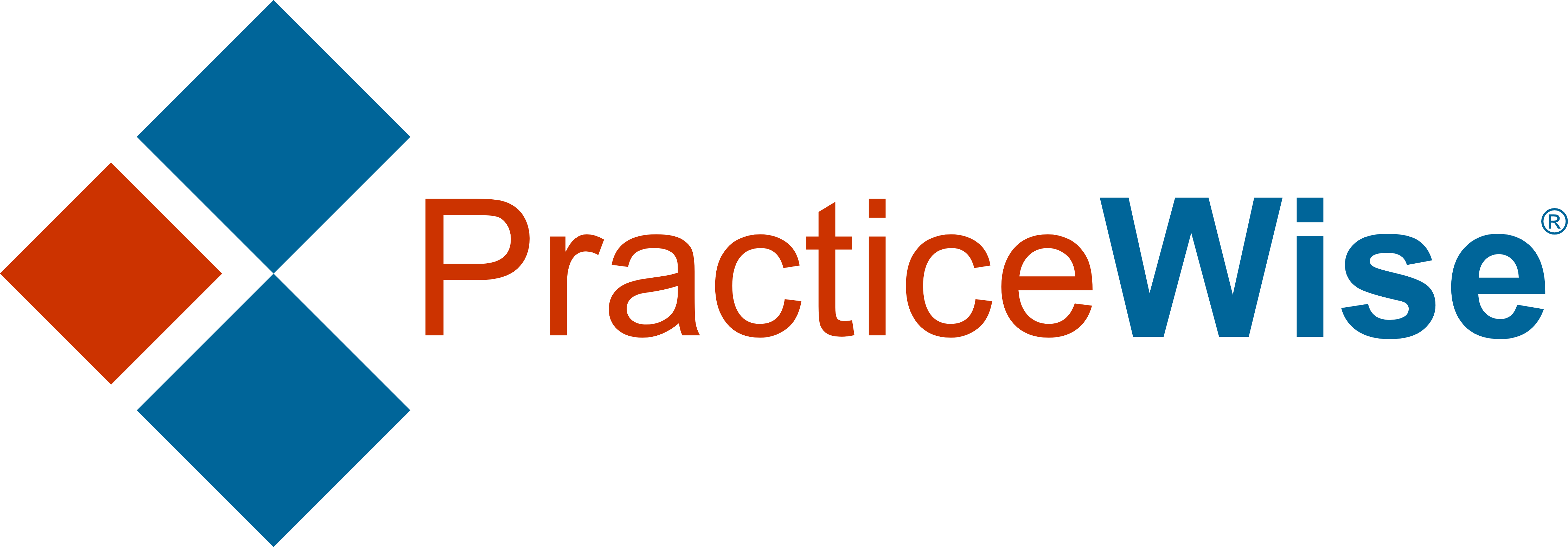A birthday. The family is gathered in a restaurant. Orders have been placed, and appetizers enjoyed. There is laughter and celebration of life. A strange sound escapes from Aaron’s mouth, one that we know well. Time stops. Aaron’s 6’3’’ body begins moving, shaking, beyond his control. He is not aware of what is happening. There is drool. We lay him down on the floor to protect him and surround him to give him privacy. The whole restaurant knows something is happening. There are concerned stares, gasps from others. The shaking seems to last forever as we helplessly watch. Realization sinks in. Life will change for Aaron. But he will not be aware until much later. We helped Aaron to the car. Dinner is abandoned. Aaron is confused. He keeps asking the same questions. He is tired. He experiences two more episodes in the middle of the night, the family awakened by the sound of his legs repeatedly hitting the wall. His parents endure a sleepless night. The next morning, Aaron is tired, and his body is sore. The inside of his mouth is raw. And, he knows. The medicine isn’t enough. The sadness and anger set in. He will have to surrender his driver’s license for 6 months.
What Seizures Are
Aaron is my younger brother, and the seizures I just described happened when he was 17. Seizures are bursts of electrical activity in the brain that are not normal. They can cause temporary changes in behavior, movement, feelings, and awareness. When someone has two seizures that cannot be explained by other causes (e.g., high fever, alcohol or illicit drug use), they can be diagnosed with epilepsy. Epilepsy is more common than you might think. One in 26 people will develop epilepsy in their lifetime, which means that 65 million people worldwide are living with epilepsy. About 1% of youth have epilepsy, or 470,000 youth living in the United States. There are many causes for epilepsy, including brain injury or tumor, genetics, brain structure, autoimmune, etc. However, for 40%-50% of youth with epilepsy, we don’t know why they have seizures. Aaron was 10 when he was diagnosed with epilepsy, and his doctors were never able to figure out why he had epilepsy.
Epilepsy is More Than Seizures
The most common treatment for epilepsy is medication to control the seizures. However, 30% of youth with epilepsy continue having seizures despite treatment. Aaron was taking two medications to control his seizures, and he took them every day. Anything to keep the seizures from coming. But they happened anyway, leading to worries about when the next seizure would occur and feelings of hopelessness. Half of youth with epilepsy have neurocognitive or behavioral health concerns (e.g., anxiety, depression, suicide, ADHD, learning). This is not surprising, given that emotions, behavior, and seizures all take place in the brain. Families often report that the impact of these behavioral health concerns is more harmful to their health-related quality of life (HRQOL) than the seizures themselves. This was the case for Aaron, as difficult as his seizures were, they did not happen often. However, as a teenager, he struggled with learning difficulties, depression, and suicidality.
Unmet Behavioral Health Needs
When we treat behavioral health concerns in people with epilepsy, their seizures may also improve. However, only about 30% of youth with behavioral health concerns receive treatment. Many youths with epilepsy and behavioral health concerns report unmet mental health care needs. In the United States, even in our highest level comprehensive epilepsy centers (i.e., gold standard for epilepsy care), youth can wait more than 3 months to see a behavioral health professional.
How MATCH-ADTC Addresses a Critical Need
MATCH-ADTC is short for Modular Approach to Therapy for Children with Anxiety, Depression, Trauma, or Conduct Problems. It is an evidence-based system that organizes and provides resources. You can think of it as a “tool kit.” Resources include step-by-step guides for strategies that we know work for youth, such as problem solving, cognitive, and relaxation skills, among others. In addition, there are strategies that help guide caregivers in parenting and managing behavior. Other tools include decision guides and a way to track the family’s progress for providers and handouts for families. These resources can easily be adapted and used with a variety of youth and families and in many settings. For more information on MATCH-ADTC, please visit our previous blog or website.
Researchers in the United Kingdom have adapted MATCH-ADTC for youth with epilepsy. Basically, they infused the MATCH-ADTC protocol with epilepsy-relevant examples and added several optional epilepsy-specific modules that cover aspects of managing epilepsy on a daily basis. This adapted version is called the Mental Health Intervention for Children with Epilepsy (MICE). Three hundred forty-four youth ages 3-18 participated in a randomized controlled trial (RCT). Youth were seen in epilepsy clinics and diagnosed with a mental health disorder (e.g., anxiety, depression, conduct problems). They were randomly assigned (similar to flipping a coin) to receive MICE plus usual care OR usual care alone. A variety of professionals provided the MICE intervention weekly using telehealth (phone/video call). After 6 months, researchers found that youth who received MICE had significantly fewer emotional and behavioral concerns and better HRQOL compared to youth who continued to only receive usual care.
MICE Improves Access to Evidence-based Behavioral Health Services
The MICE trial is the largest ever published study of a psychological treatment for youth with epilepsy. And it works! This means that the MICE trial leaves a significant impact on pediatric epilepsy research.
But what is so cool about MICE is that it also improves access to behavioral health care by offering:
- Streamlined, individualized care – Provides structure but also flexibility, with tools at a provider’s fingertips to tailor treatment to a youth’s or family’s needs.
- A transdiagnostic approach – Ability to treat more than one concern, which is important in a chronic medical population with many comorbidities.
- It provides feasible integration into routine medical services, offering behavioral health care as part of routine epilepsy care, which reduces stigma. Also, it reduces reliance on the fractured referral – remote use of behavioral health services model.
- Option for telehealth as a feasible delivery platform.
- Increased capacity for implementation. By training providers who are already involved in epilepsy care (e.g., primary care physicians and nurses, epilepsy nurse specialists) to provide an evidence-based behavioral health intervention, this can improve access to and utilization of behavioral health care.
I only wish Aaron could have had access to MICE when he was struggling with depression in his teenage years. It was only after he had surgery to remove a golf-ball sized section of his left temporal lobe that he was able to experience freedom from seizures and depression. I am excited for the future of MICE implementation and the potential it has to improve the lives of many youths like Aaron.
Epilepsy Resources
https://www.epilepsyallianceamerica.org/
https://epilepsysurgeryalliance.org/
https://www.perc-epilepsy.org/
For more information about how to respond if you see someone having a seizure: https://www.epilepsy.com/what-is-epilepsy/statistics
Learn more about MATCH-ADTC.
—
About the Author
Janelle Wagner Ph.D., serves on the Professional Development Team as an Associate Trainer and Consultant for PracticeWise. Learn more about Dr. Wagner on the PracticeWise team page.







